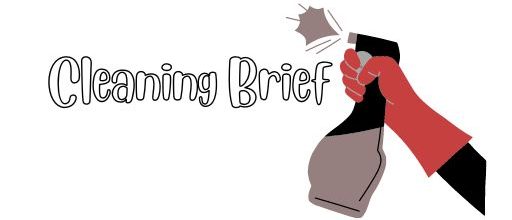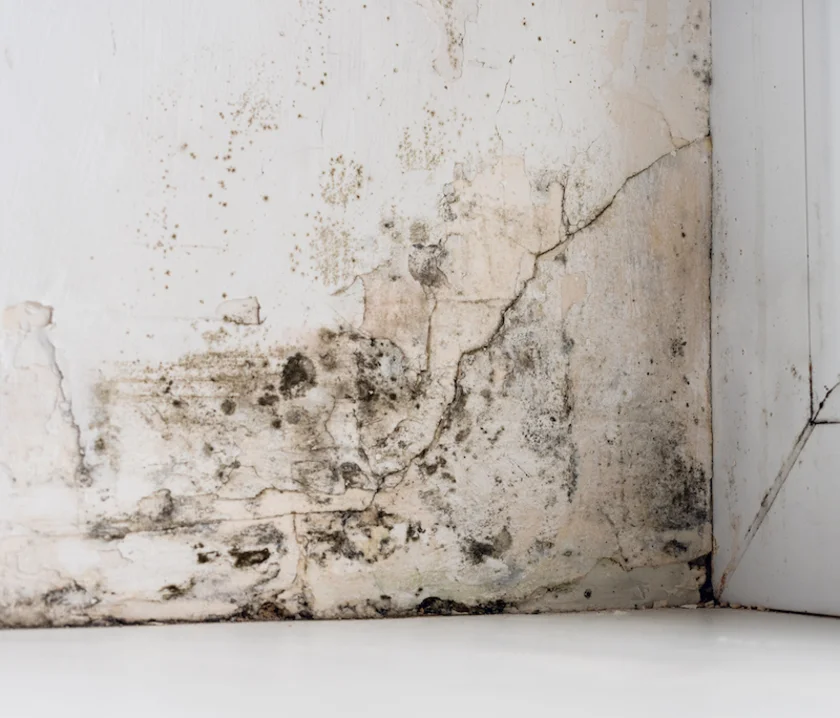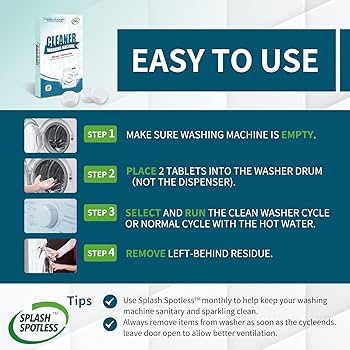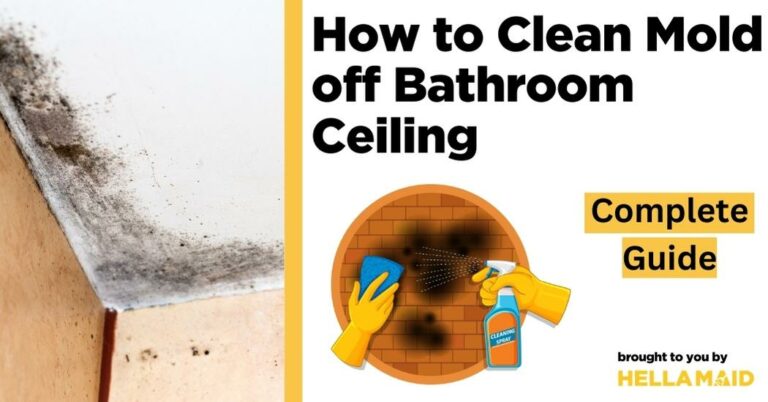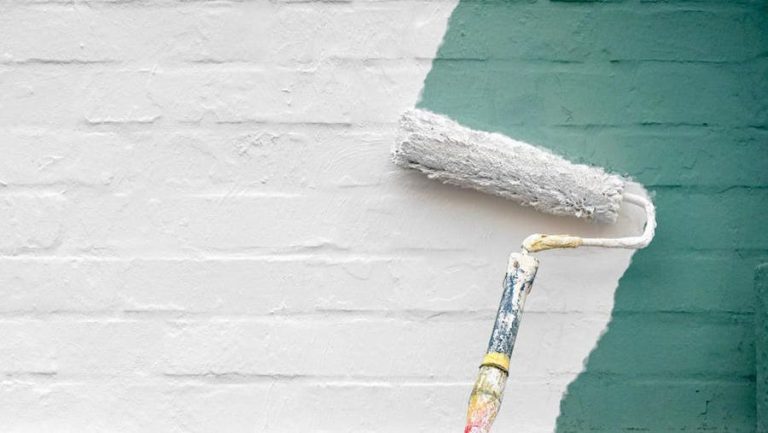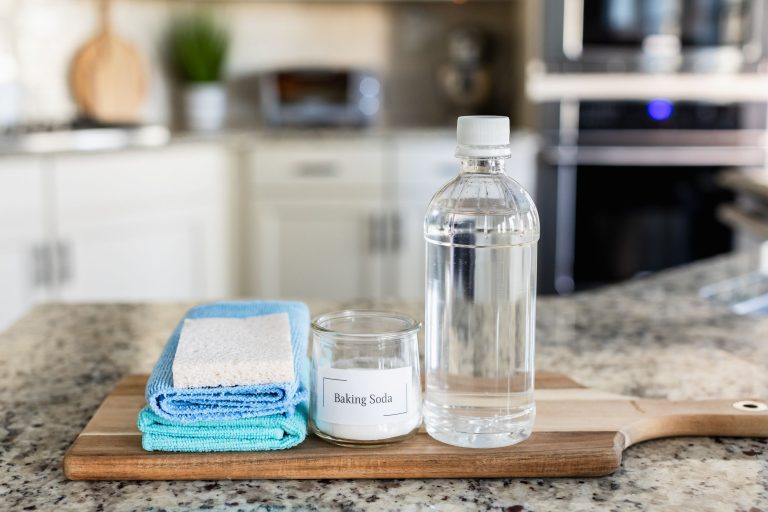How to Clean Mold from Fabric: Effective Techniques and Proven Tips
To clean mold from fabric, mix equal parts of water and white vinegar, apply the mixture to the affected area, and scrub gently with a brush or sponge. Rinse thoroughly and allow the fabric to air dry.
Mold can be a stubborn and unsightly problem on fabric surfaces. If not treated promptly and properly, it can even pose health risks. Thankfully, there are effective methods to rid your fabrics of mold. One popular and eco-friendly solution is to use a mixture of water and white vinegar.
This solution not only kills mold but also helps eliminate the musty odor it leaves behind. We will explore how to clean mold from fabric using this simple yet efficient method. By following these steps, you can restore your fabrics to their clean and mold-free state, ensuring a fresh and healthy environment.
Identifying Mold On Fabric
When it comes to cleaning mold from fabric, it’s essential to identify the presence of mold first. Look for dark spots and musty odors on the fabric. To clean, use a mixture of white vinegar and water, followed by thoroughly drying the fabric in the sun.
Regularly wash and air out the fabric to prevent mold growth.
Recognizing Signs Of Mold
When it comes to keeping your fabrics clean and mold-free, it’s essential to know how to identify signs of mold. Recognizing these signs early is crucial for preventing the spread of mold and protecting your fabrics from irreparable damage. Here are a few key indicators that may suggest the presence of mold:
- Visible dark spots or discoloration on the fabric surface
- An unpleasant, musty odor emanating from the fabric
- Allergy-like symptoms such as sneezing, coughing, or itching when in contact with the fabric
- Increased dampness or moisture in the surrounding area
If you notice any of these signs, it’s vital to take immediate action to prevent further mold growth and safeguard your fabrics.
Determining Fabric Safety
Before diving into the process of mold removal, it’s important to determine the safety of the affected fabric. Some fabrics are more delicate than others and require special care to avoid damage during the cleaning process. Here’s a guide to help you determine the safety of your fabric:
| Fabric Type | Fabric Safety |
|---|---|
| Natural fibers like cotton, linen, or silk | Generally safe, but may require gentle cleaning methods |
| Synthetic fibers like polyester, acrylic, or nylon | Usually safe for standard cleaning techniques |
| Delicate fabrics like wool or cashmere | May require professional cleaning to avoid damage |
By considering the fabric type and its delicate nature, you can determine the best course of action for cleaning and removing the mold effectively.

Credit: www.powellcompanyltd.com
Preparation For Cleaning
Fabric mold can be effectively removed by following these simple steps for cleaning. Removing mold from fabric involves pre-treating stains, washing with bleach or vinegar, and ensuring proper drying to prevent further mold growth. Regular cleaning and maintenance can help prevent mold from spreading on fabric surfaces.
Safety Precautions
Before you begin cleaning mold from fabric, it’s important to take some safety precautions to protect yourself and prevent the spread of mold spores. Mold can cause respiratory issues and allergies, so it’s crucial to follow these steps:
- Wear Protective Gear: Put on a pair of gloves, safety goggles, and a mask to safeguard your skin, eyes, and respiratory system.
- Ventilate the Area: Open windows and use fans to improve ventilation in the room where you’ll be cleaning.
- Isolate the Area: Close off the affected area with plastic sheets or tarps to prevent the spread of mold spores to other parts of your home.
Gathering Supplies
Now that you’ve taken the necessary safety measures, it’s time to gather the supplies you’ll need to effectively clean mold from fabric. Ensure you have the following items ready:
- Mild Detergent: Choose a detergent that is safe for the fabric you’re cleaning. Avoid using bleach as it can damage certain materials.
- White Vinegar: Vinegar is a natural mold killer and can help eliminate any remaining spores.
- Baking Soda: Baking soda is effective in removing mold stains and odors from fabric.
- Soft Brush: Use a soft-bristled brush or sponge to gently scrub the fabric.
- Bucket: Fill a bucket with warm water to mix your cleaning solution.
- Clean Cloth: Have a clean cloth or towel ready for blotting excess moisture.
- Vacuum Cleaner with HEPA Filter: A vacuum cleaner with a HEPA filter helps in removing loose mold spores from the fabric.
Removing Mold From Washable Fabric
Mold can often find its way onto fabric, especially in damp and humid environments. Thankfully, removing mold from washable fabric can be achieved with a few simple methods. These techniques can help you salvage your favorite clothes or household fabric items, while also preventing the spread of mold in your home.
Using Vinegar And Baking Soda
To effectively remove mold from washable fabric using natural ingredients, vinegar and baking soda are excellent options. First, brush off any loose mold outdoors to avoid spreading spores inside. Next, mix equal parts of white vinegar and water in a spray bottle and thoroughly saturate the affected area. Let it sit for at least an hour before rinsing with water. After this, create a paste using baking soda and water, then apply it to the fabric. Leave it to dry completely before brushing off the dried paste and laundering as usual.
Laundering With Antifungal Detergent
When dealing with mold on washable fabric, using an antifungal detergent in your regular washing cycle can effectively eliminate mold spores. Choose a detergent specifically formulated to eradicate mold and mildew. After sorting your affected items, set the washing machine to the highest temperature setting appropriate for the fabric and add the antifungal detergent as directed. Afterwards, ensure the fabric is dried completely as any residual moisture can lead to mold regrowth.
Cleaning Mold From Non-washable Fabric
Dealing with mold on non-washable fabric can be a daunting task. Unlike washable fabrics that can be easily cleaned in a washing machine, these fabrics require a different approach to effectively remove mold. In this article, we will explore some techniques to clean mold from non-washable fabric, so you can restore your items and enjoy a mold-free space once again.
Vacuuming And Brushing
If you discover mold on a non-washable fabric, the first step is to remove as much of the mold residue as possible. Begin by using a vacuum cleaner with a HEPA filter to gently vacuum the fabric surface, removing loose mold spores and debris. Ensure that the vacuum cleaner is set on a low suction setting to avoid damaging the fabric.
Once vacuuming is complete, proceed to the next step of brushing. Grab a soft-bristle brush and gently brush where the mold is present. This will help dislodge any remaining mold spores from the fabric fibers. Be sure to brush in a well-ventilated area or outdoors to prevent the released spores from spreading indoors.
Spot Treatment With Hydrogen Peroxide
Hydrogen peroxide is a powerful yet safe solution when it comes to treating mold on non-washable fabric. Before proceeding with spot treatment, it is essential to test the hydrogen peroxide on a small, inconspicuous area of the fabric to ensure there is no discoloration or damage.
If the fabric remains unaffected, gently dab the affected area with a cloth soaked in hydrogen peroxide. Allow the solution to sit for a few minutes to effectively break down the mold. Afterward, blot the area with a clean cloth to remove any residue. Repeat this process until the mold is completely eliminated.
Important: Remember to wear protective gloves and a mask while performing any mold cleaning activities to prevent direct contact with mold spores and potential respiratory issues.
By following these steps, you can effectively clean mold from non-washable fabric and restore your items to their former glory. It’s important to address mold growth promptly to prevent further damage and maintain a clean and healthy environment.
Preventing Future Mold Growth
Mold growth can be a persistent problem, especially when it comes to fabric. The first step in properly tackling mold is to clean it from the material (as discussed in our previous section). However, a crucial aspect often overlooked is preventing future mold growth. By taking preventive measures, you can protect your fabric from mold and extend its lifespan. In this section, we will discuss two key steps to prevent mold growth: Proper Storage and Ventilation and Regular Fabric Inspections.
Proper Storage And Ventilation
Proper storage is essential in preventing mold growth on fabric. When storing fabric items, ensure that they are completely dry. Moisture can create an ideal environment for mold to thrive. To keep your fabric dry, use moisture-absorbing materials such as silica gel packets or dehumidifiers in your storage area. Additionally, it is vital to choose an optimal storage location that is cool, well-ventilated, and away from damp or humid areas like basements or bathrooms. Adequate ventilation helps reduce moisture buildup and minimizes the chances of mold growth.
Regular Fabric Inspections
Regular inspections of your fabric items can help identify mold growth at its early stages and prevent it from spreading. Set a routine for inspecting your fabrics, especially those in storage or rarely used. When inspecting, look for any signs of discoloration, musty odors, or visible mold patches. If you notice any of these indicators, address the mold problem immediately by following the cleaning steps mentioned earlier. By catching mold growth early, you can reduce the risk of irreversible damage and ensure mold doesn’t spread to other fabric items.
:max_bytes(150000):strip_icc()/spr-primary-laundry-detergents-dburreson-001-6b4f38d6a5294e4f993797a9430c3f8d.jpeg)
Credit: www.thespruce.com

Credit: www.goodhousekeeping.com
Frequently Asked Questions Of How To Clean Mold From Fabric
How Can I Remove Mold From Fabric?
To remove mold from fabric, start by brushing off any visible mold spores. Then, mix a solution of one part bleach to four parts water and apply it to the affected area. Let it sit for 15 minutes, then rinse thoroughly and dry completely.
Finally, wash the fabric in hot water with laundry detergent.
Conclusion
Cleaning mold from fabric requires a strategic approach to ensure effective removal. By using natural remedies or specialized cleaners, you can tackle the issue and restore your fabric to its former state. Regular maintenance and proper storage can prevent future mold growth, ensuring your fabrics remain fresh and clean.
